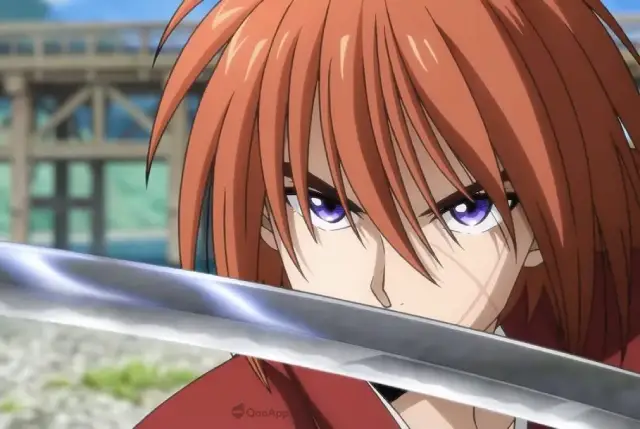
Rurouni Kenshin: Meiji Swordsman Romantic Story (Japanese: Hepburn: Rurōni Kenshin -Meiji Kenkaku Roman Tan-) is a Japanese manga series created by Nobuhiro Watsuki. Set in 1878, during the 11th year of the Meiji era in Japan, the story follows a former assassin known as Hitokiri Battosai. After his role in the turbulent Bakumatsu period, he adopts the identity of Himura Kenshin, a wandering swordsman who vows never to kill again. He dedicates his life to protecting the people of Japan. Watsuki crafted this series with the intent to create a unique shōnen manga, distinguishing it with a protagonist who is a former assassin and a narrative that becomes increasingly serious as it progresses.
The series is set in 1878, eleven years after the start of the Meiji era. Himura Kenshin, who once served as the assassin Hitokiri Battōsai during the Boshin War, now wanders Japan seeking to atone for his past sins by aiding those in need. He has vowed never to take another life and wields a reverse-bladed sword. Upon arriving in Tokyo, Kenshin meets a young woman named Kamiya Kaoru, who is trying to protect her dojo's reputation from a murderer falsely claiming to be Battōsai. Kenshin helps her defeat the imposter, and after learning his true identity, Kaoru offers him a place to stay at her dojo. Kenshin accepts, forming deep bonds with others, including Sagara Sanosuke, a former member of the Sekihō Army; Myōjin Yahiko, an orphaned samurai-in-training; and Takani Megumi, a doctor entangled in the opium trade. However, Kenshin also confronts old and new enemies, including Shinomori Aoshi, the former leader of the Oniwabanshū.
After several months at the dojo, Kenshin faces his old rival, Saitō Hajime, now a police officer. This encounter is a prelude to a confrontation with Shishio Makoto, Kenshin's successor as Hitokiri, who plans to overthrow the Meiji government. Fearing that Shishio will target his friends, Kenshin heads to Kyoto to confront him. Along the way, he gains allies, including Makimachi Misao, a young member of the Oniwabanshū. Realizing he must become stronger to defeat Shishio without reverting to his old, ruthless self, Kenshin seeks out his former master, Hiko Seijūrō, to learn the final technique of his sword style. With the support of his friends, Kenshin ultimately defeats Shishio, who perishes after pushing his body's limits.
Upon returning to Tokyo, Kenshin faces Yukishiro Enishi, who seeks revenge for the death of his sister, Yukishiro Tomoe. During the Bakumatsu, Tomoe was Kenshin's fiancée, who originally sought revenge against him for killing her first fiancé, but later fell in love with him. In a tragic turn, Tomoe sacrificed herself to save Kenshin, leading to her accidental death by his hand. Enishi kidnaps Kaoru, and Kenshin and his friends set out to rescue her, culminating in a final battle where Kenshin emerges victorious. Misao brings Tomoe's diary to Enishi, who retreats to a secluded village with it.
Four years later, Kenshin is married to Kaoru, and they have a son named Himura Kenji. At peace with his past, Kenshin passes on his reverse-blade sword to Yahiko as a symbol of his journey and redemption.
See also
-
Tatara Samurai
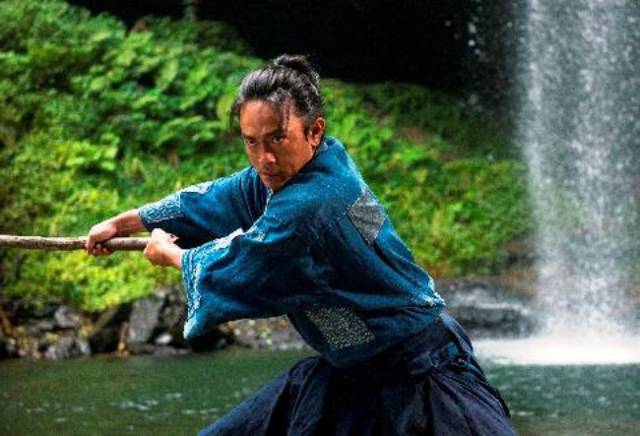
One day, bandits raid the quiet Tatara village, renowned for its steelworks and sword craftsmanship. Despite the arrival of samurai to protect the villagers, young Gosuke's mother is tragically killed while fleeing with him.
-
Samurai Fiction
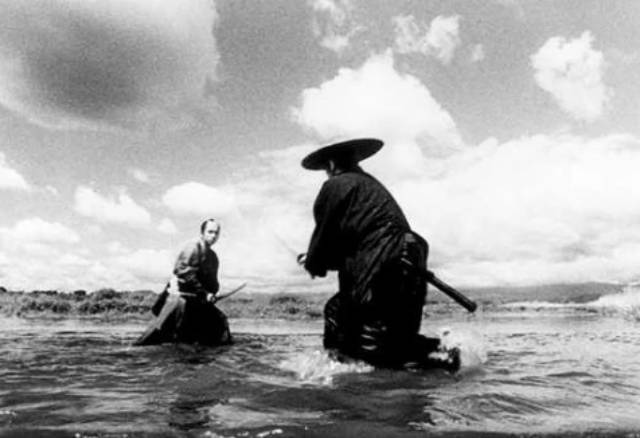
Samurai Fiction is a 1998 samurai-comedy film directed by Hiroyuki Nakano. The movie stands out for being filmed almost entirely in black-and-white, paying homage to classic jidaigeki samurai films. However, what sets it apart from its inspirations, including the works of Akira Kurosawa, is its modern twist, notably Tomoyasu Hotei's rock-and-roll soundtrack. A loose spinoff, Red Shadow, was released in 2001.
-
Samurai Spy
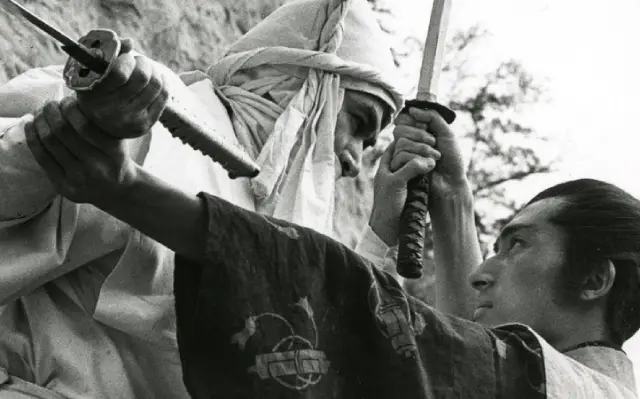
Samurai Spy (Ibun Sarutobi Sasuke), also known as Spy Hunter, is a 1965 film directed by Masahiro Shinoda, adapted from a novel by Koji Nakada. The film follows the legendary ninja Sasuke Sarutobi as he hunts the elusive spy Nojiri, while a shadowy figure named Sakon leads a group of men with their own designs on Nojiri. As the pursuit unfolds, the lines between allies and enemies blur, leaving everyone unsure of each other's true allegiance. Created during the height of the Cold War, the movie reflects the complexities and shifting loyalties of spies caught in the power struggles of their era.
-
Samurai III: Duel at Ganryu Island
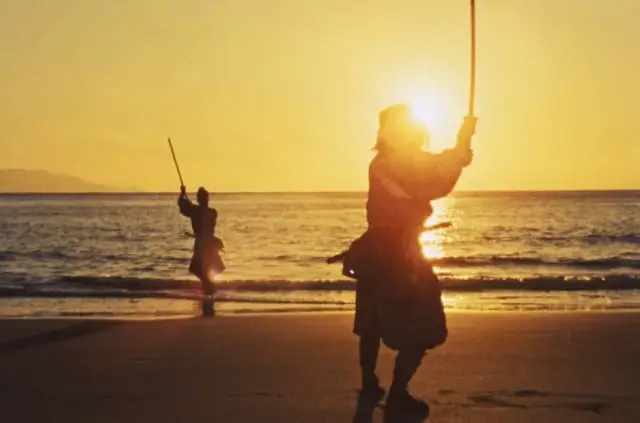
Samurai III: Duel at Ganryu Island (Japanese: Hepburn: Miyamoto Musashi Kanketsuhen: Ketto Ganryūjima) is a 1956 Japanese film directed by Hiroshi Inagaki and starring Toshiro Mifune. Filmed in Eastmancolor, it serves as the concluding chapter of Inagaki's Samurai Trilogy.
-
Samurai Marathon
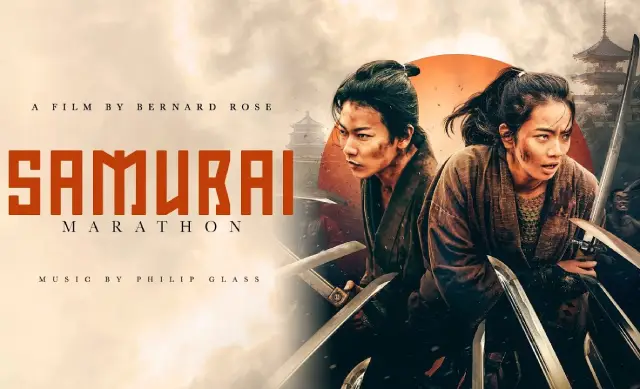
The producing team behind Takashi Miike's "13 Assassins," Jeremy Thomas and Toshiaki Nakazawa, reunite for another visually striking and action-packed samurai film. Based on a novel by Akihiro Dobashi, this film may not reach the same heights of relentless carnage or critical acclaim as its predecessor, but it still offers an exciting and occasionally humorous addition to the samurai genre, likely to resonate with festival audiences. This story of a literal running battle between rival samurai factions could see moderate success in theaters, though it may require more marketing effort without the ultra-violent appeal that made "13 Assassins" memorable.
-
Samurai II: Duel at Ichijoji Temple (1955)
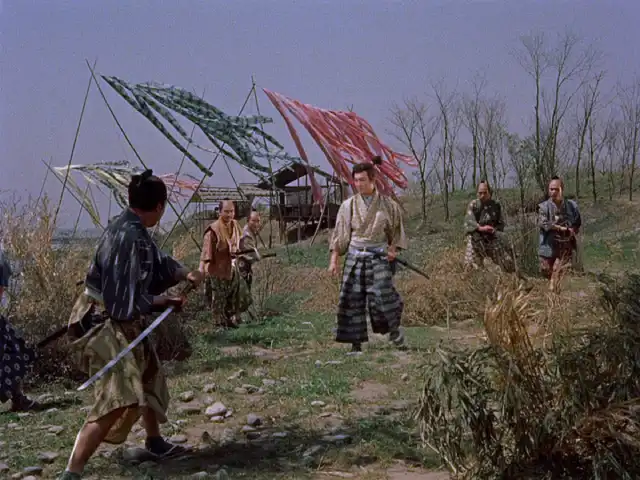
Duel at Ichijoji Temple (Hepburn: Zoku Miyamoto Musashi: Ichijōji no Kettō) is a 1955 Japanese film directed by Hiroshi Inagaki and starring Toshiro Mifune. Filmed in Eastmancolor, it is the second installment in Inagaki's Samurai Trilogy.
-
The Samurai I Loved (Semishigure)
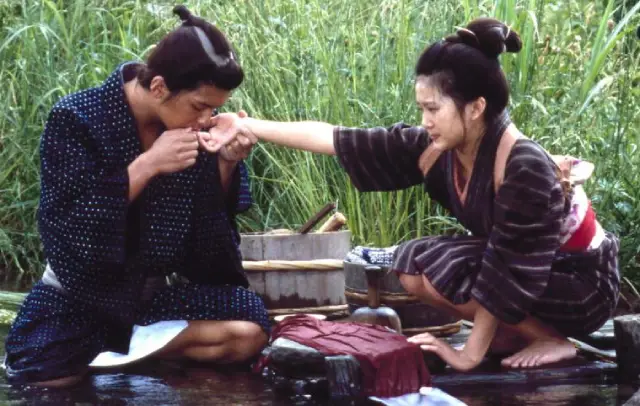
The costumes, settings, and script of The Samurai I Loved immediately transport samurai film enthusiasts back to the golden era of classic black-and-white samurai masterpieces.
-
Samurai Wolf (Kiba Okaminosuke)
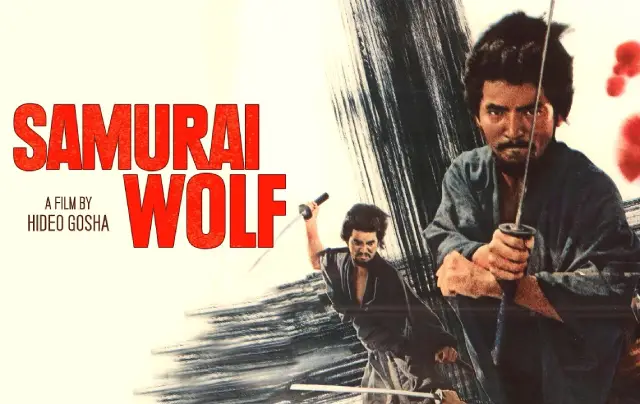
Hideo Gosha’s Samurai Wolf (Kiba Okaminosuke) is a gritty, hard-edged, and bloody reimagining of the traditional chambara film—a genre of action-oriented, historical sword-fighting movies that enjoyed widespread popularity in Japan throughout the 1950s but had begun to decline by the mid-1960s. Gosha had already established his reputation in this genre with films such as his debut feature, Three Outlaw Samurai (Sanbiki no samurai, 1964), a prequel to a popular television series, and Sword of the Beast (Kedamono no ken, 1965). These works established Gosha as a renegade artist unafraid to break conventions, a reputation that Samurai Wolf only cemented.

